Max Tohline
2017
algorithm, lottery tickets, tape, adhesive
as installed: 45x66 in
What’s the half-life of money spent on lottery tickets? To find out, I devised a simple algorithmic project.
Procedure
Step 1. Purchase lottery tickets and hang them on a wall. (For this project, I purchased 50 tickets for the June 12, 2017 drawing of the Missouri Lottery’s Lucky for Life game: five each from ten different gas stations, supermarkets, and liquor stores in Rolla, MO. By buying from ten different stores, I ensured color and design variation in the paper they were printed on, adding some slight visual interest.)
Step 2. After the drawing, cash in any that win.
Step 3. Return to Step 1 until no tickets win and the project ends.
Research
Conceptual artists have made stochastic works involving money before (cf. Les Levine’s work, as recorded here in Lucy Lippard’s 6 Years), but I haven’t encountered one where the lottery is the mechanic and the rate of loss is the specific object of study. According to the Missouri Lottery’s website, the chances of winning any prize on Lucky for Life is 1 in 7.8. If one were to purchase an unlimited number of tickets, such that one could expect to win all the possible prizes at statistically-expected rates, the expected value of the $2 ticket would be $1.15. Since Lucky for Life drawings happen twice weekly, the half-life of money dumped into an unlimited number of tickets would be 4.375 days (assuming instantaneous lump-sum payouts immediately “re-invested”). But if you were to buy a small number of tickets (like I did), such that it would only be reasonable to anticipate winning some combination of the three lowest-value prizes (their odds of winning are given as 1/15, 1/32, and 1/50), the expected value of a $2 ticket drops to just 44 cents. That corresponds to a half-life of 1.614 days, which is the half-life expected for this project.
Results
Of the 50 tickets purchased, 6 won a prize. Of the 9 tickets purchased with that prize money, only 1 won a prize, which furnished money to buy 2 more tickets, both of which lost. 50 tickets became 9 tickets in half a week, then 9 tickets became 2 tickets in another half-week. That works out to an average half life of 1.521 days, or a little less than the hypothetical half-life suggested by the odds given on the Missouri Lottery’s website.
Discussion
In hindsight, I think I did this project to disgust myself with how quickly I could piss away a hundred bucks playing the lottery. But in the back of my mind, I harbored this irrational hope that buying 50 tickets at once actually made it likely that I might win a big prize. I fantasized about having to abandon the project halfway through because I hit the jackpot. Of course that didn’t happen; of course I wasted the money. But the fantasy is powerful and hard to shake, despite having a math minor and even after doing this project. Whenever I stop for gas, I still want to drop a few bucks on lotto tickets, even though I know what an irrational, wasteful decision that is.
Call it the flip side of the law of large numbers: if a large enough sample size of randomly-behaving operators (molecules of a gas, radioactive atoms, or lottery tickets, take your pick) behaves perfectly predictably in the aggregate, then it’s reasonable to expect that a small sample size will behave unpredictably. That doesn’t mean it’s likely to win (it’s not), but for some reason it makes it easier for us to believe… that it might? It’s like the mother who (irrationally) thinks her child might be president or a star athlete someday but (rationally) looks at all their classmates and knows none of them will make it. I think that most of us understand at least some aspect of the law of large numbers, we just have trouble placing ourselves within it.
What’s more, celebrity culture inundates us with survivorship bias. By flooding us with images of the wealthy and successful, media lead us to overestimate our own chances of success. We even see it in the natural world. For billions of years, death has sifted unfit organisms and species so well that now the biosphere teems with incredibly well-evolved creatures. On the one hand, the plenitude of life may trick us into thinking that life is easy, or inevitable. On the other hand, the apparent design of it all may beguile us into assuming the presence of a creator. We only see the living, none of the innumerable dead, and we draw misguided conclusions. Half-Life inverts that selection bias by showing only the dead.
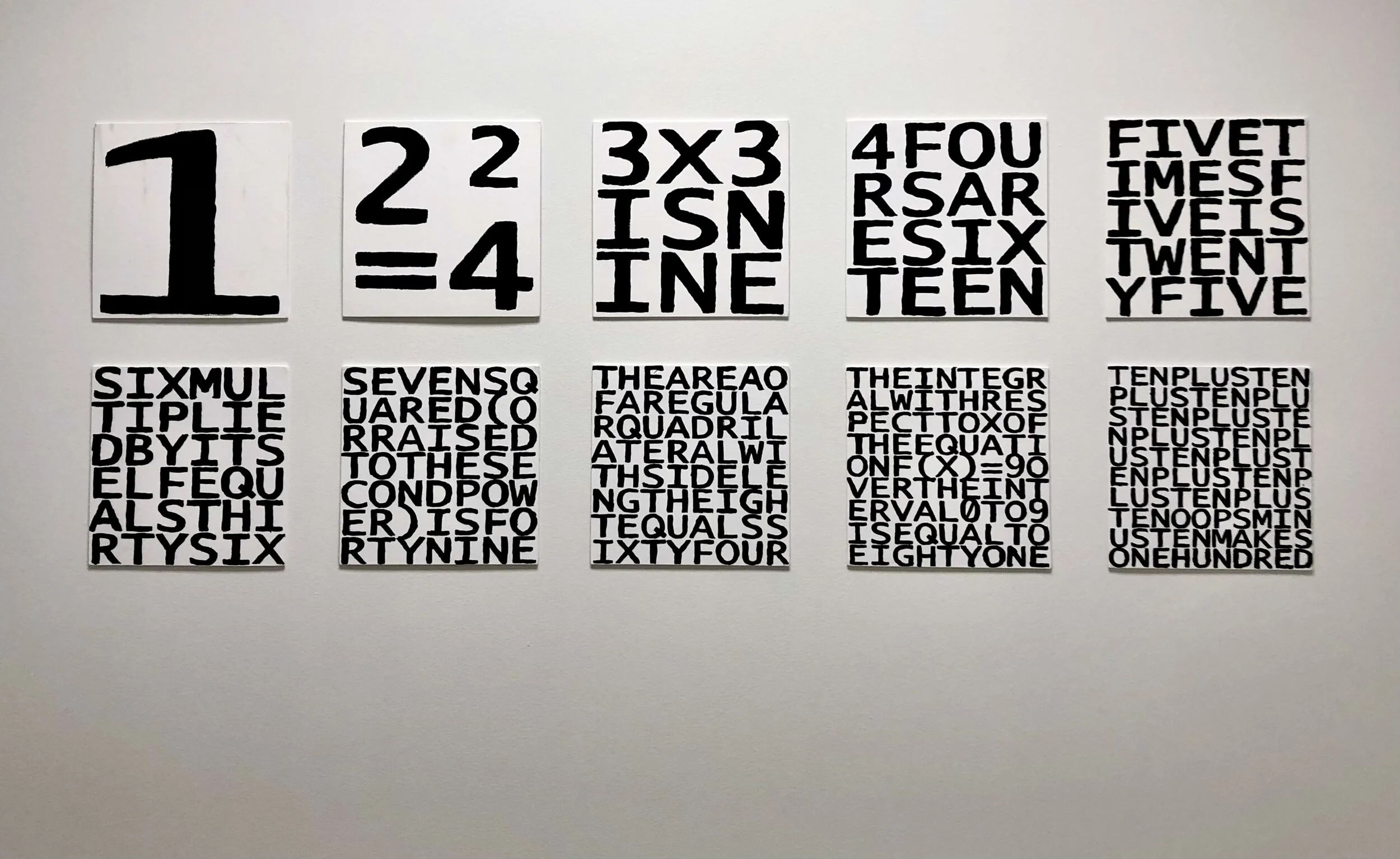






![[Title Withheld] is a kind of a dreamcatcher fashioned out of K’Nex and populated with Scrabble tiles. It takes my love of words and my love of design back to their genetic roots and proposes a playful but complex synthesis of the two.](https://images.squarespace-cdn.com/content/v1/60da74a22a7d8e78215744c6/1624984469604-ICFXB7DWT79QM3SKGUU8/x0527151709a.jpg)


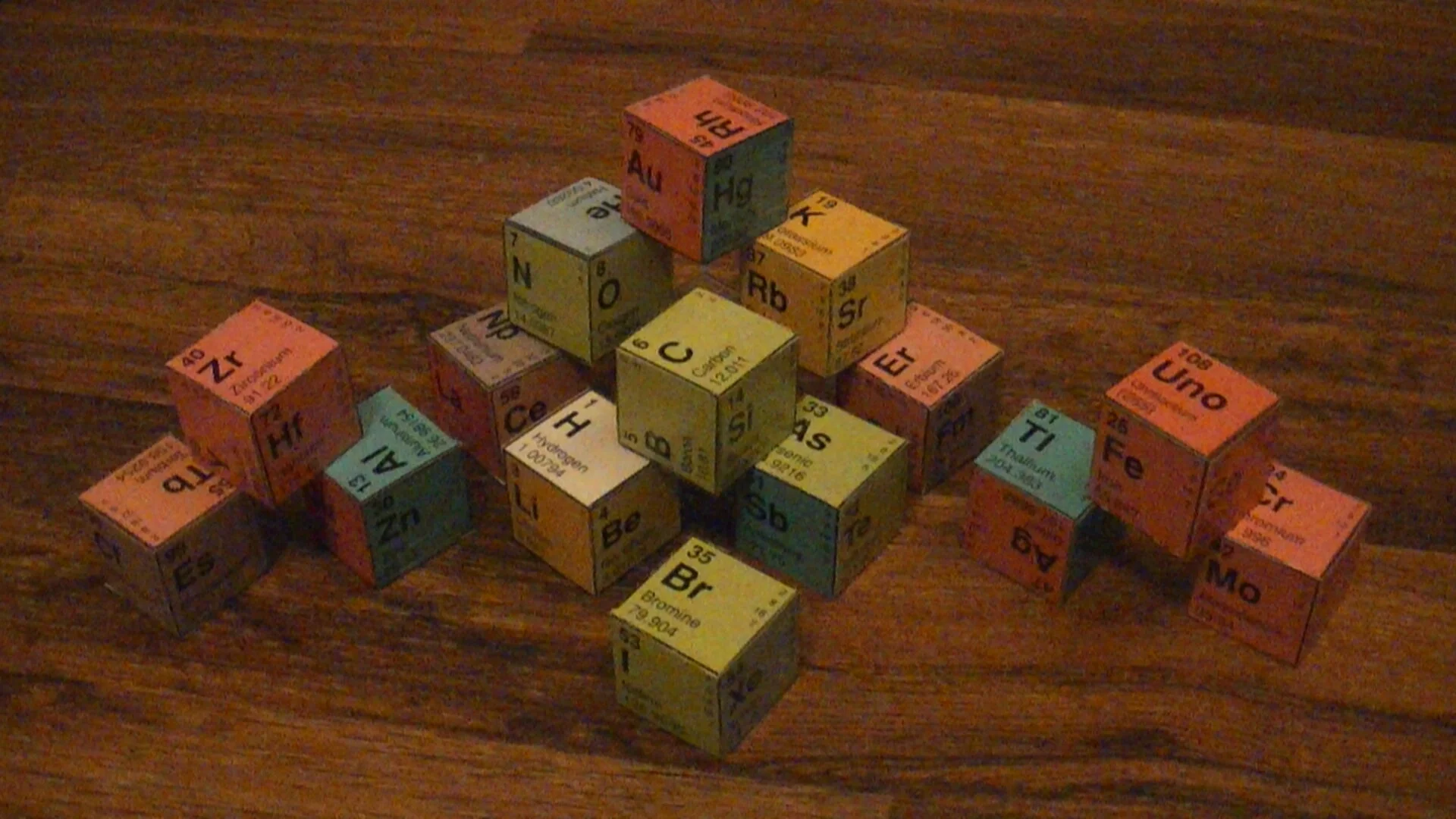



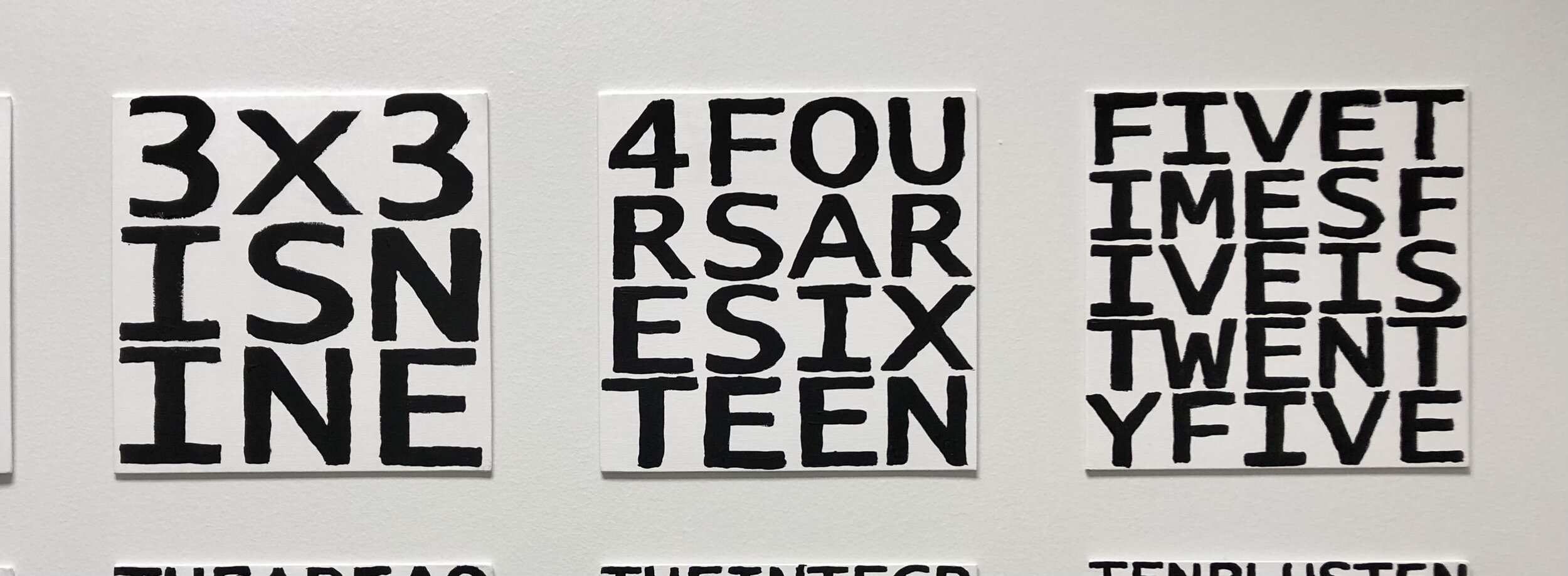






![2.02 Max Tohline, Sur Names series [Buster, Diane, or Michael], 2018-9, text on consumer light box, 12x9x2 in.JPG](https://images.squarespace-cdn.com/content/v1/60da74a22a7d8e78215744c6/1624980657445-OYGYB7HKQ7PRK23D5RTI/2.02+Max+Tohline%2C+Sur+Names+series+%5BBuster%2C+Diane%2C+or+Michael%5D%2C+2018-9%2C+text+on+consumer+light+box%2C+12x9x2+in.JPG)
![2.03 Max Tohline, Sur Names series [Viola, Bette, or Warwick], 2018-9, text on consumer light box, 12x9x2 in.JPG](https://images.squarespace-cdn.com/content/v1/60da74a22a7d8e78215744c6/1624980658945-7RIXLOKINIBDTBV2H4H2/2.03+Max+Tohline%2C+Sur+Names+series+%5BViola%2C+Bette%2C+or+Warwick%5D%2C+2018-9%2C+text+on+consumer+light+box%2C+12x9x2+in.JPG)
![2.04 Max Tohline, Sur Names series [Angus, Cy, or Brigham], 2018-9, text on consumer light box, 12x9x2 in.jpg](https://images.squarespace-cdn.com/content/v1/60da74a22a7d8e78215744c6/1624980659357-GQQXFVAZGP8AHSKWKX5A/2.04+Max+Tohline%2C+Sur+Names+series+%5BAngus%2C+Cy%2C+or+Brigham%5D%2C+2018-9%2C+text+on+consumer+light+box%2C+12x9x2+in.jpg)
![2.05 Max Tohline, Sur Names series [Booker T., Dinah, or Denzel], 2018-9, text on consumer light box, 12x9x2 in.jpg](https://images.squarespace-cdn.com/content/v1/60da74a22a7d8e78215744c6/1624980661122-BXLT3J5TWF9KEHIZQHLN/2.05+Max+Tohline%2C+Sur+Names+series+%5BBooker+T.%2C+Dinah%2C+or+Denzel%5D%2C+2018-9%2C+text+on+consumer+light+box%2C+12x9x2+in.jpg)
![2.06 Max Tohline, Sur Names series [Barry, Betty, E.B., or Vanna], 2018-9, text on consumer light box, 12x9x2 in.jpg](https://images.squarespace-cdn.com/content/v1/60da74a22a7d8e78215744c6/1624980662442-LZ395JX7FVHSHENDS72L/2.06+Max+Tohline%2C+Sur+Names+series+%5BBarry%2C+Betty%2C+E.B.%2C+or+Vanna%5D%2C+2018-9%2C+text+on+consumer+light+box%2C+12x9x2+in.jpg)
![2.07 Max Tohline, Sur Names series [Nicholas, Man, or Satyajit], 2018-9, text on consumer light box, 12x9x2 in.JPG](https://images.squarespace-cdn.com/content/v1/60da74a22a7d8e78215744c6/1624980663696-QSI72Q4UZ1UKK74A12FX/2.07+Max+Tohline%2C+Sur+Names+series+%5BNicholas%2C+Man%2C+or+Satyajit%5D%2C+2018-9%2C+text+on+consumer+light+box%2C+12x9x2+in.JPG)
![2.08 Max Tohline, Sur Names series [Gwendolyn, Mel, or Louise], 2018-9, text on consumer light box, 12x9x2 in.JPG](https://images.squarespace-cdn.com/content/v1/60da74a22a7d8e78215744c6/1624980665236-I3YRMYMEZXMNPPMI4BQJ/2.08+Max+Tohline%2C+Sur+Names+series+%5BGwendolyn%2C+Mel%2C+or+Louise%5D%2C+2018-9%2C+text+on+consumer+light+box%2C+12x9x2+in.JPG)
![2.09 Max Tohline, Sur Names series [Donald, Danny, or Savion], 2018-9, text on consumer light box, 12x9x2 in.JPG](https://images.squarespace-cdn.com/content/v1/60da74a22a7d8e78215744c6/1624980666020-UWMUMP35E9EUKI9C7NPR/2.09+Max+Tohline%2C+Sur+Names+series+%5BDonald%2C+Danny%2C+or+Savion%5D%2C+2018-9%2C+text+on+consumer+light+box%2C+12x9x2+in.JPG)
![2.10 Max Tohline, Sur Names series [Benjamin, Aretha, or Rosalind], 2018-9, text on consumer light box, 12x9x2 in.jpg](https://images.squarespace-cdn.com/content/v1/60da74a22a7d8e78215744c6/1624980666715-FCM6TLR8Q8Q6HXOWDG5G/2.10+Max+Tohline%2C+Sur+Names+series+%5BBenjamin%2C+Aretha%2C+or+Rosalind%5D%2C+2018-9%2C+text+on+consumer+light+box%2C+12x9x2+in.jpg)
![2.11 Max Tohline, Sur Names series [August, Brian, or Woodrow], 2018-9, text on consumer light box, 12x9x2 in.jpg](https://images.squarespace-cdn.com/content/v1/60da74a22a7d8e78215744c6/1624980668091-0HSPJ7YA0RK76GUUC6IZ/2.11+Max+Tohline%2C+Sur+Names+series+%5BAugust%2C+Brian%2C+or+Woodrow%5D%2C+2018-9%2C+text+on+consumer+light+box%2C+12x9x2+in.jpg)
![2.12 Max Tohline, Sur Names series [Jim, Van, Toni, or Marion], 2018-9, text on consumer light box, 12x9x2 in.jpg](https://images.squarespace-cdn.com/content/v1/60da74a22a7d8e78215744c6/1624980668322-OA1WH34M3E00KJX9R9X8/2.12+Max+Tohline%2C+Sur+Names+series+%5BJim%2C+Van%2C+Toni%2C+or+Marion%5D%2C+2018-9%2C+text+on+consumer+light+box%2C+12x9x2+in.jpg)
![2.13 Max Tohline, Sur Names series [P.T., Wes, or Lindsay], 2018-9, text on consumer light box, 12x9x2 in.JPG](https://images.squarespace-cdn.com/content/v1/60da74a22a7d8e78215744c6/1624980671768-CI9VXY1DEAT0FNIORIEY/2.13+Max+Tohline%2C+Sur+Names+series+%5BP.T.%2C+Wes%2C+or+Lindsay%5D%2C+2018-9%2C+text+on+consumer+light+box%2C+12x9x2+in.JPG)
![2.14 Max Tohline, Sur Names series [Thandie, Huey, or Isaac], 2018-9, text on consumer light box, 12x9x2 in.jpg](https://images.squarespace-cdn.com/content/v1/60da74a22a7d8e78215744c6/1624980670943-POMU3QD23M7ZNIP0WA57/2.14+Max+Tohline%2C+Sur+Names+series+%5BThandie%2C+Huey%2C+or+Isaac%5D%2C+2018-9%2C+text+on+consumer+light+box%2C+12x9x2+in.jpg)
![2.15 Max Tohline, Sur Names series [Stan, Ang, Harper, or Spike], 2018-9, text on consumer light box, 12x9x2 in.jpg](https://images.squarespace-cdn.com/content/v1/60da74a22a7d8e78215744c6/1624980672909-KX2PAWCSJVCRGN1EDHSX/2.15+Max+Tohline%2C+Sur+Names+series+%5BStan%2C+Ang%2C+Harper%2C+or+Spike%5D%2C+2018-9%2C+text+on+consumer+light+box%2C+12x9x2+in.jpg)
![2.16 Max Tohline, Sur Names series [Anthony, Carl, or Frances], 2018-9, text on consumer light box, 12x9x2 in.jpg](https://images.squarespace-cdn.com/content/v1/60da74a22a7d8e78215744c6/1624980673381-EGV51KA7MX56PBNV5H6A/2.16+Max+Tohline%2C+Sur+Names+series+%5BAnthony%2C+Carl%2C+or+Frances%5D%2C+2018-9%2C+text+on+consumer+light+box%2C+12x9x2+in.jpg)
![2.17 Max Tohline, Sur Names series [Gary, Gordo, or Alice], 2018-9, text on consumer light box, 12x9x2 in.jpg](https://images.squarespace-cdn.com/content/v1/60da74a22a7d8e78215744c6/1624980674710-N0I5RJHR9D9Q7QR29PXW/2.17+Max+Tohline%2C+Sur+Names+series+%5BGary%2C+Gordo%2C+or+Alice%5D%2C+2018-9%2C+text+on+consumer+light+box%2C+12x9x2+in.jpg)
![2.18 Max Tohline, Sur Names series [Cornel, Mae, or Kanye], 2018-9, text on consumer light box, 12x9x2 in.jpg](https://images.squarespace-cdn.com/content/v1/60da74a22a7d8e78215744c6/1624980675197-93UXPMX8YKXJGLDMPM2P/2.18+Max+Tohline%2C+Sur+Names+series+%5BCornel%2C+Mae%2C+or+Kanye%5D%2C+2018-9%2C+text+on+consumer+light+box%2C+12x9x2+in.jpg)
![2.19 Max Tohline, Sur Names series [Billie Jean, Larry, or Carole], 2018-9, text on consumer light box, 12x9x2 in.jpg](https://images.squarespace-cdn.com/content/v1/60da74a22a7d8e78215744c6/1624980676312-JZWONIM965OL2IL3W4Q0/2.19+Max+Tohline%2C+Sur+Names+series+%5BBillie+Jean%2C+Larry%2C+or+Carole%5D%2C+2018-9%2C+text+on+consumer+light+box%2C+12x9x2+in.jpg)
![2.19 Max Tohline, Sur Names series [Stephen, Martin, or BB], 2018-9, text on consumer light box, 12x9x2 in.jpg](https://images.squarespace-cdn.com/content/v1/60da74a22a7d8e78215744c6/1624980676973-R3FJD4ERRPK8I141OGDN/2.19+Max+Tohline%2C+Sur+Names+series+%5BStephen%2C+Martin%2C+or+BB%5D%2C+2018-9%2C+text+on+consumer+light+box%2C+12x9x2+in.jpg)
![2.20 Max Tohline, Sur Names series [J.M.W., Nat, Lana, Ted, or Tina], 2018-9, text on consumer light box, 12x9x2 in.jpg](https://images.squarespace-cdn.com/content/v1/60da74a22a7d8e78215744c6/1624980677863-TICZ71O72OZWPM92N4KI/2.20+Max+Tohline%2C+Sur+Names+series+%5BJ.M.W.%2C+Nat%2C+Lana%2C+Ted%2C+or+Tina%5D%2C+2018-9%2C+text+on+consumer+light+box%2C+12x9x2+in.jpg)
![2.21 Max Tohline, Sur Names series [Babyface, Willie, or Horatio], 2018-9, text on consumer light box, 12x9x2 in.jpg](https://images.squarespace-cdn.com/content/v1/60da74a22a7d8e78215744c6/1624980678768-J3YBF0RJNYLK7EJ0OJPW/2.21+Max+Tohline%2C+Sur+Names+series+%5BBabyface%2C+Willie%2C+or+Horatio%5D%2C+2018-9%2C+text+on+consumer+light+box%2C+12x9x2+in.jpg)
![2.22 Max Tohline, Sur Names series [Haruki, Jimmy, or Takashi], 2018-9, text on consumer light box, 12x9x2 in.jpg](https://images.squarespace-cdn.com/content/v1/60da74a22a7d8e78215744c6/1624980681897-EA86N9H53R47RE6UU5R2/2.22+Max+Tohline%2C+Sur+Names+series+%5BHaruki%2C+Jimmy%2C+or+Takashi%5D%2C+2018-9%2C+text+on+consumer+light+box%2C+12x9x2+in.jpg)
![2.23 Max Tohline, Sur Names series [Lyndon, Magic, or Marsha P], 2018-9, text on consumer light box, 12x9x2 in.jpg](https://images.squarespace-cdn.com/content/v1/60da74a22a7d8e78215744c6/1624980681754-2YE1H0J0FWHT04LRZDZ5/2.23+Max+Tohline%2C+Sur+Names+series+%5BLyndon%2C+Magic%2C+or+Marsha+P%5D%2C+2018-9%2C+text+on+consumer+light+box%2C+12x9x2+in.jpg)
![2.24 Max Tohline, Sur Names series [Demetri, Mark, or Ricky], 2018-9, text on consumer light box, 12x9x2 in.jpg](https://images.squarespace-cdn.com/content/v1/60da74a22a7d8e78215744c6/1624980683683-WDW9WNT9LNZRLPXEH8VP/2.24+Max+Tohline%2C+Sur+Names+series+%5BDemetri%2C+Mark%2C+or+Ricky%5D%2C+2018-9%2C+text+on+consumer+light+box%2C+12x9x2+in.jpg)
![2.24 Max Tohline, Sur Names series [Steve, Agnes, or George RR], 2018-9, text on consumer light box, 12x9x2 in.jpg](https://images.squarespace-cdn.com/content/v1/60da74a22a7d8e78215744c6/1624980683947-JSUA2EHTPZPIU4W0YUO0/2.24+Max+Tohline%2C+Sur+Names+series+%5BSteve%2C+Agnes%2C+or+George+RR%5D%2C+2018-9%2C+text+on+consumer+light+box%2C+12x9x2+in.jpg)
![2.25 Max Tohline, Sur Names series [Flannery, Sandra Day, or Sinead], 2018-9, text on consumer light box, 12x9x2 in.jpg](https://images.squarespace-cdn.com/content/v1/60da74a22a7d8e78215744c6/1624980684758-GBWZJHRBA6VBVJOOR86Y/2.25+Max+Tohline%2C+Sur+Names+series+%5BFlannery%2C+Sandra+Day%2C+or+Sinead%5D%2C+2018-9%2C+text+on+consumer+light+box%2C+12x9x2+in.jpg)


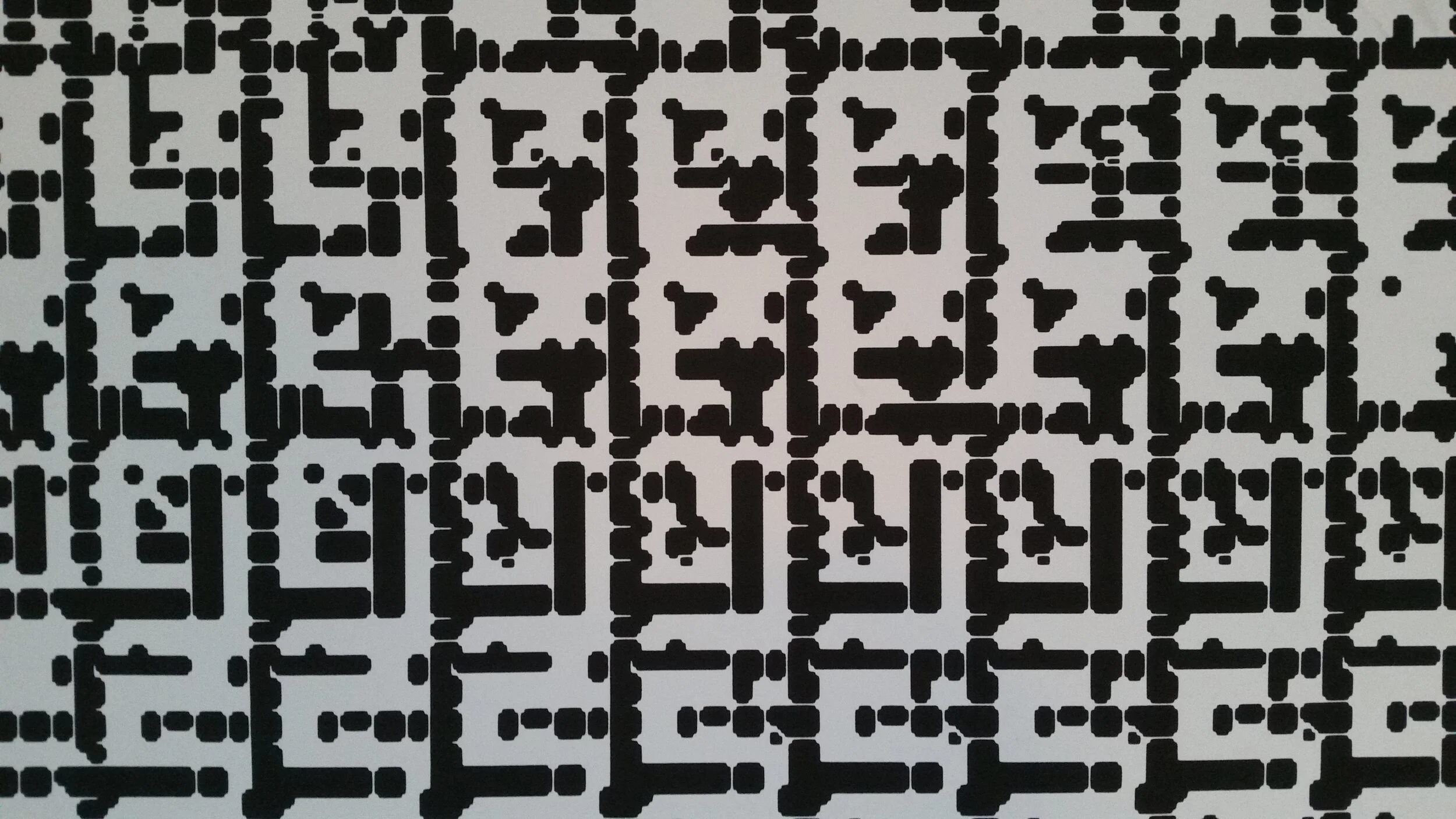











![I know of at least 20 more solutions to this puzzle. Some are names of places, which means that [Title Withheld] is a landscape; some are names of buildings or institutions, which means that [Title Withheld] reflexively refers to its own archit](https://images.squarespace-cdn.com/content/v1/60da74a22a7d8e78215744c6/1624984483292-3MXLB8MKUEMJ191MFQR2/Max+Tohline%2C+diagram+study+for+Title+Withheld+Wordcatcher+2015+rule.png)





![Max Tohline, Self-Portrait in Unfinished Crosswords (Edward Norton, Hedda, Swat, []), 2015-ongoing.jpg](https://images.squarespace-cdn.com/content/v1/60da74a22a7d8e78215744c6/1624984713277-2KVC4B2G56MQAHY2ZGZR/Max+Tohline%2C+Self-Portrait+in+Unfinished+Crosswords+%28Edward+Norton%2C+Hedda%2C+Swat%2C+%5B%5D%29%2C+2015-ongoing.jpg)













![Max Tohline, Screenshot from an Experimental Film 5, 2015 [Street View glitch discovered 4 Oct 2014] b.png](https://images.squarespace-cdn.com/content/v1/60da74a22a7d8e78215744c6/1624984948258-GNDU2R4MEDG6DS6G600E/Max+Tohline%2C+Screenshot+from+an+Experimental+Film+5%2C+2015+%5BStreet+View+glitch+discovered+4+Oct+2014%5D+b.png)









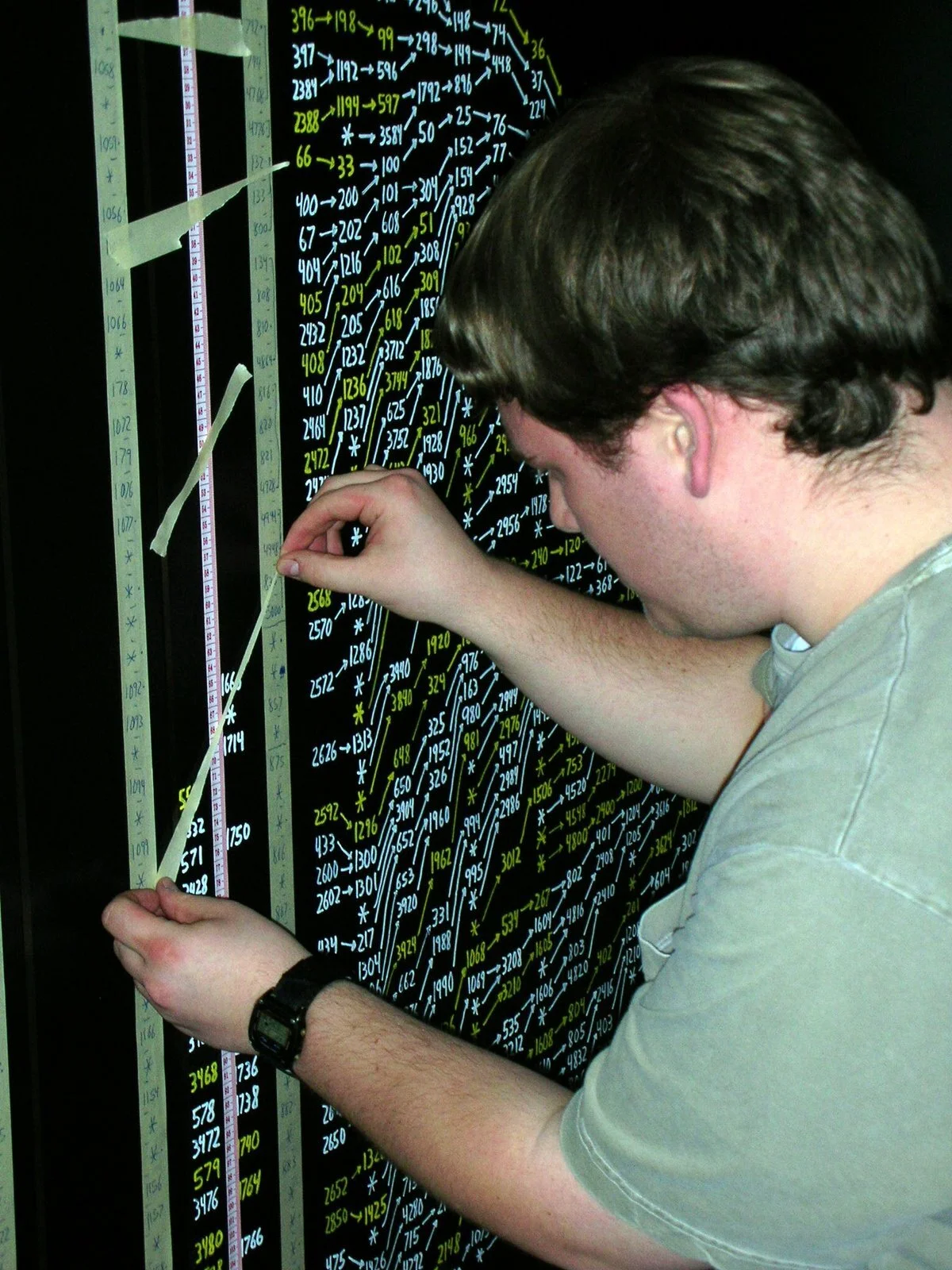
![At least two mistakes appear on Converging to One. But there’s a happy accident as well: 897, which is ten times KMNR’s frequency [89.7] appears near the very end. I didn’t plan this. It just happened.](https://images.squarespace-cdn.com/content/v1/60da74a22a7d8e78215744c6/1624985475136-XY38PVXOV6HVTWHKVBQM/DSCN4045.JPG)
